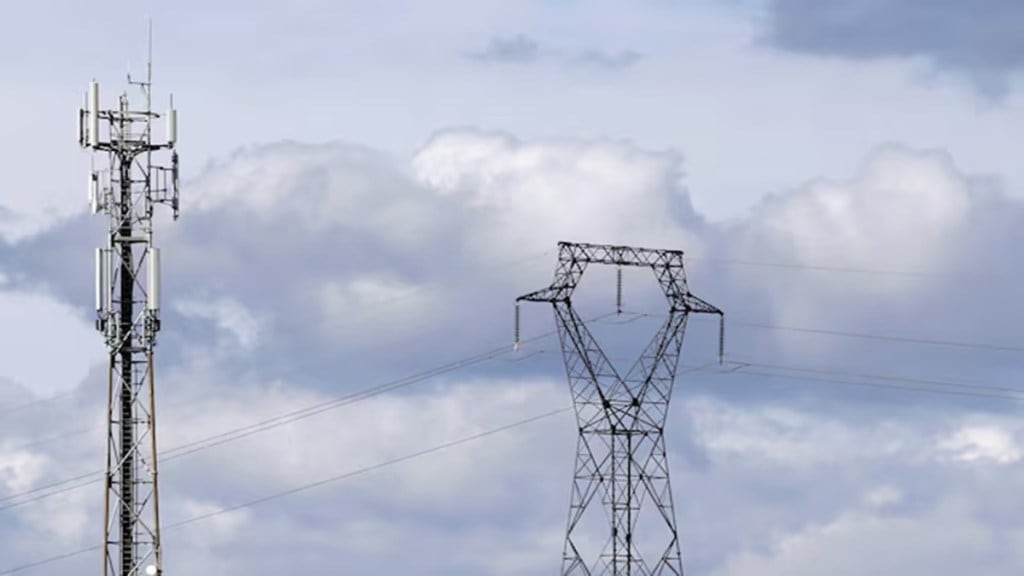By TV Ramachandran
The release of DeepSeek has sent shockwaves across the globe, forcing governments — including in India — to confront the reality of where they stand in the artificial intelligence (AI) race. Nations are scrambling to secure the digital infrastructure needed to power themselves, and high-speed, ultra-reliable networks remain the foundation of this infrastructure. In this context, the importance of robust Wi-Fi networks is extremely high since they constitute the silent workhorse of our digital ecosystem. From smart homes to industrial automation, public spaces to cutting-edge research labs, modern and reliable Wi-Fi infrastructure is indispensable for progress. Yet, India risks hobbling at this critical juncture by failing to fully embrace the potential of delicensed 6 GHz spectrum, allocating over half of this band exclusively to mobile operators.
The global trend
A global shift is underway with the 6 GHz spectrum (5925–7125 MHz), emerging as a key enabler of next-generation Wi-Fi technologies like Wi-Fi 6E and Wi-Fi 7 (the latter a key provider of affordable ubiquitous internet), while India is still on earlier generations. Countries worldwide are opening up this band as delicensed spectrum for public and commercial use. Delicensing means making the spectrum available for public use (like Wi-Fi), allowing businesses, educational institutions, and individuals to access high-speed wireless internet without relying solely on telecom providers and the inherent variabilities of mobile connectivity.
The US was the first to open the entire 1200 MHz of 6 GHz spectrum in 2020, fuelling breakthroughs in telemedicine, smart cities, and industrial automation. South Korea, Saudi Arabia, and nine countries of the Americas have followed suit and fully delicensed the entire band, while Europe has freed up 500 MHz and is considering so for the remainder of the band too. Globally, 84 countries have partially/fully delicensed the 6 GHz band for Wi-Fi and research and development/ innovation.
India’s approach could backfire
Moving in the opposite direction from the world, India has bravely chosen a different path with massive negative implications. Effectively sidelining the potential of unlicensed Wi-Fi, this decision favours large telecom players and could hinder public interest and the broader economy in multiple ways. These include:
Missed economic opportunities: India-specific studies indicate delicensing the full 1200 MHz of the 6 GHz spectrum band (by 2025) can generate an economic value of an average `3.95 lakh crore on a recurring annual basis (as against the one-time auction revenue proceeds for international mobile telecommunications of less than one-fourth this value).
Wi-Fi and data usage: Nearly 70-80% of data is consumed indoors through Wi-Fi since the higher frequencies involved in 5G networks cannot penetrate satisfactorily into buildings. Work-from-home professionals, corporate employees, and students rely heavily on Wi-Fi for uninterrupted internet access. Almost all modern devices — smartphones, laptops, tablets, and smart home gadgets — come with built-in Wi-Fi. Without 1200 MHz of 6 GHz Wi-Fi spectrum, India seriously jeopardises its digital ambitions.
Lack of immediate 5G demand: Allocation of 6 GHz spectrum is erroneously being justified stating a requirement of 2000 MHz spectrum for 5G/6G by 2030. This is grossly misleading since 5G/6G mobile services are already allocated 1885 MHz of spectrum in 3.5 GHz, 4.8 GHz, and 7-8 GHz bands even disregarding the 3200 MHz allocated to them in 26 GHz band and lying unused. Moreover, the 5G subscriber base is merely 23% and 6G will commence only in 2030 or 2032.
The case for delicensing 6 GHz
If fully delicensed, the 6 GHz spectrum could unlock transformative benefits across sectors like smart cities, public transport hubs, and airports which require high-speed, interference-free Wi-Fi. Delicensed 6 GHz would enable high-density networks and start-ups to flourish, especially in applications such as telemedicine, smart factories, drone logistics, and immersive augmented reality/virtual reality experiences. Industries depend on high-speed wireless for automation, AI-driven processes, and supply chain management — needs that licensed spectrum alone cannot meet.
Beyond industry benefits, Wi-Fi powered by delicensed spectrum together with public Wi-Fi can be deployed more cost-effectively in rural and underserved regions, complementing fiber and mobile networks to take a giant step in bridging our high digital divide of about 65%.
Lost chance to democratise connectivity
The current stance on spectrum not only risks locking India out of the global wave of Wi-Fi-driven innovation but also seems to be diverting the government from its ambitious goals of digital inclusion for all by 2030, set out in the recently released National Broadband Mission 2.0.
Short-sighted gains from immediate one-time telecom revenue should not be prioritised over higher and recurrent benefits from the complementary use of modern Wi-Fi with 5G/6G. Undermining Wi-Fi to favour mobile operators could slow India’s digital progress, limit economic expansion, and weaken the competitiveness of businesses.
The spectrum auction/assignment hasn’t happened yet; course correction is still possible. Will we embrace a future of affordable, high-speed connectivity for all, or allow short-term commercial interests to dictate digital access? Policymakers must ask themselves: What is the cost of restricting this crucial spectrum? How will it impact businesses, education, and rural broadband expansion? The decision on 6 GHz will shape India’s digital landscape for decades. Can we afford to get it wrong?
Research inputs by Shubhika Saluja, deputy director-communications & policy, Broadband India Forum.
The writer is president, Broadband India Forum.
Disclaimer: Views expressed are personal and do not reflect the official position or policy of FinancialExpress.com. Reproducing this content without permission is prohibited.


